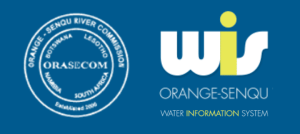ORANGE–SENQU RIVER BASIN, Botswana
The rainwater that was trapped and channelled by the hill at Tsabong has, for thousands of years, been a renowned source of ‘sweet’ water in an area otherwise plagued with few and brackish water sources. It has allowed humans, their livestock and wildlife to survive in the arid Kalahari of southwestern Botswana.
Pits have been dug for hundreds, perhaps thousands of years, prolonging the presence of water well into the dry season. In more recent times, these and other watering points have become foci around which settlements have developed.
This has made the water less accessible to wildlife and the area around the pans denuded and degraded from overgrazing, remobilising previously vegetated, stable dunes.
